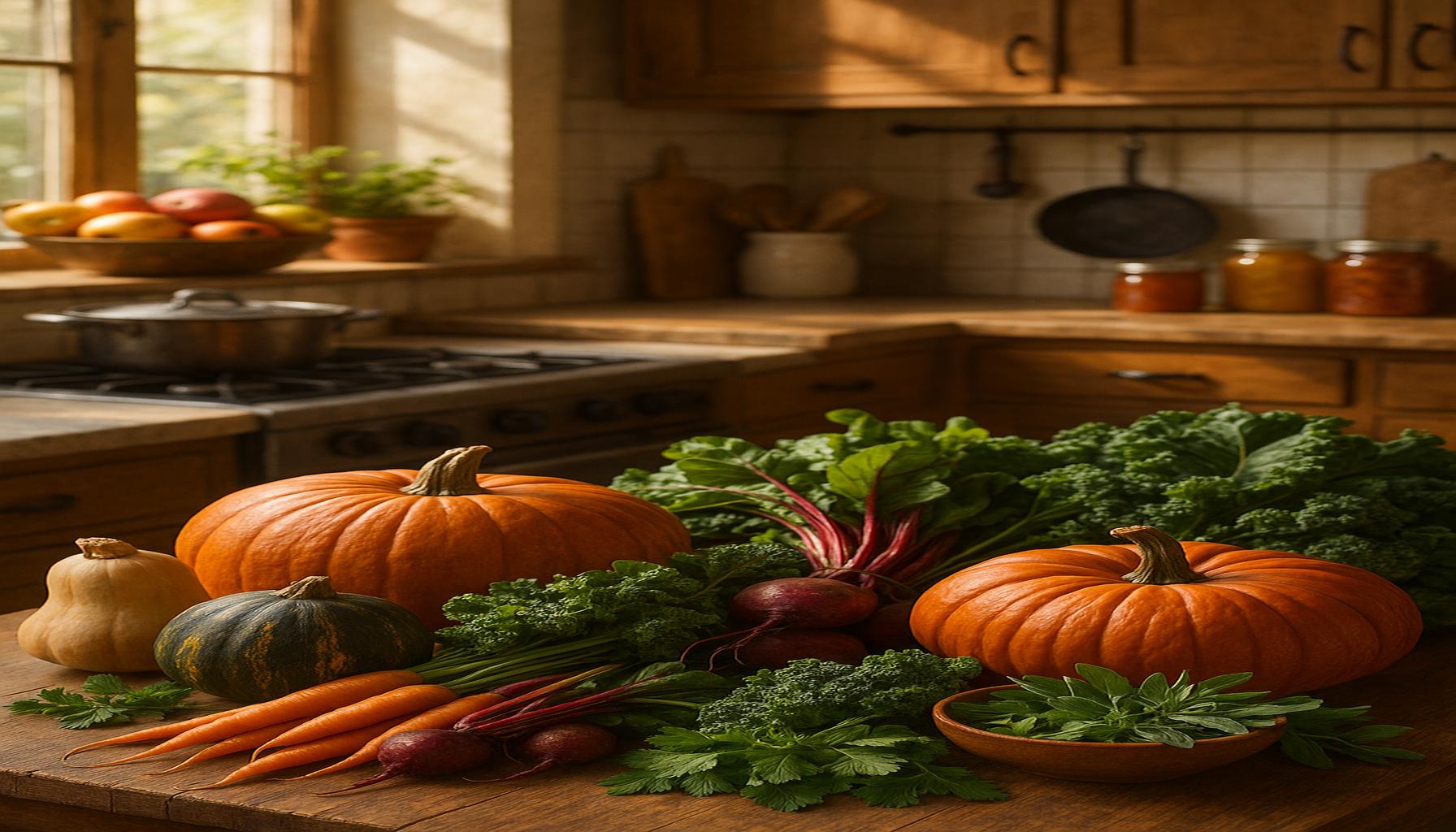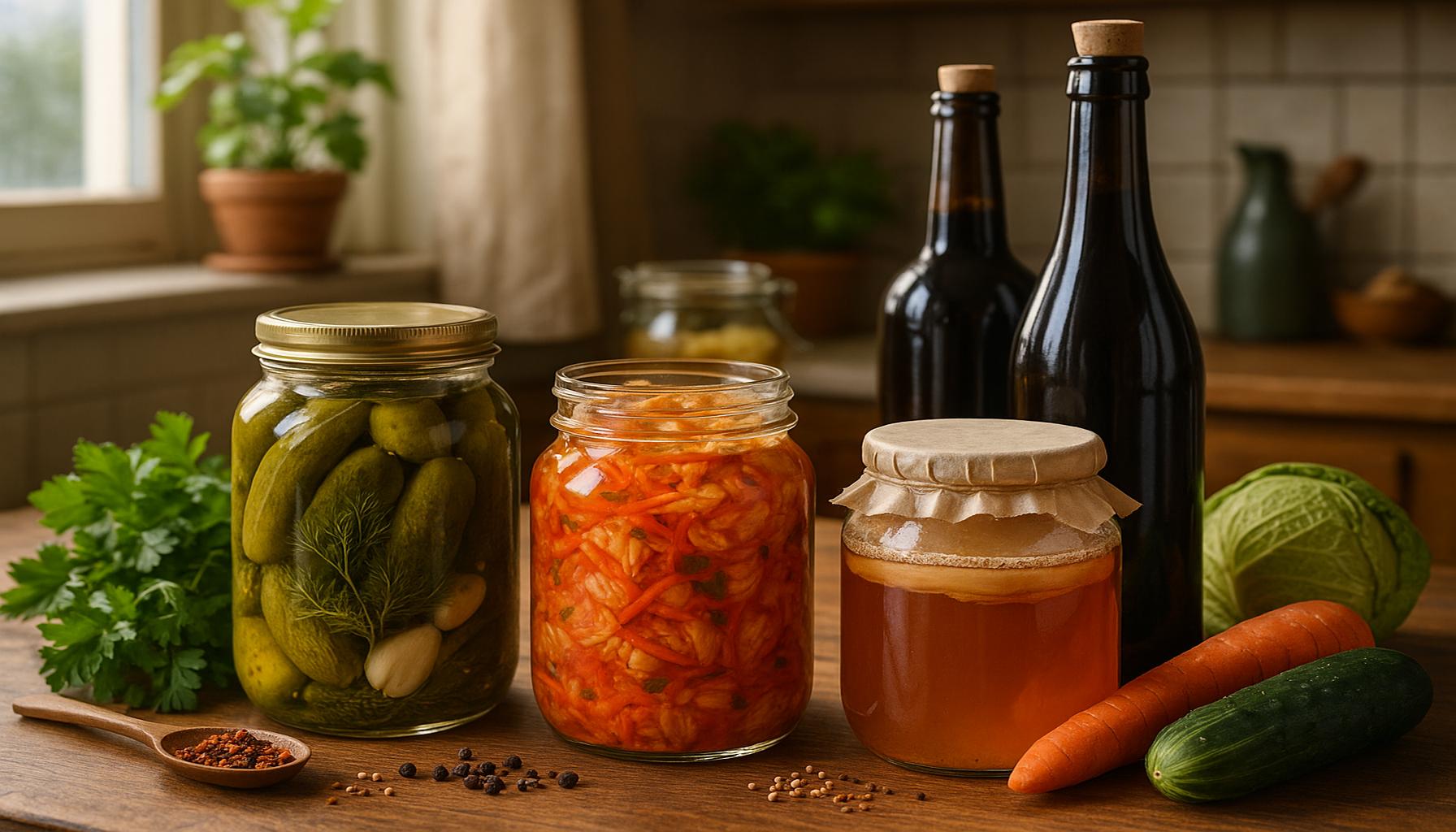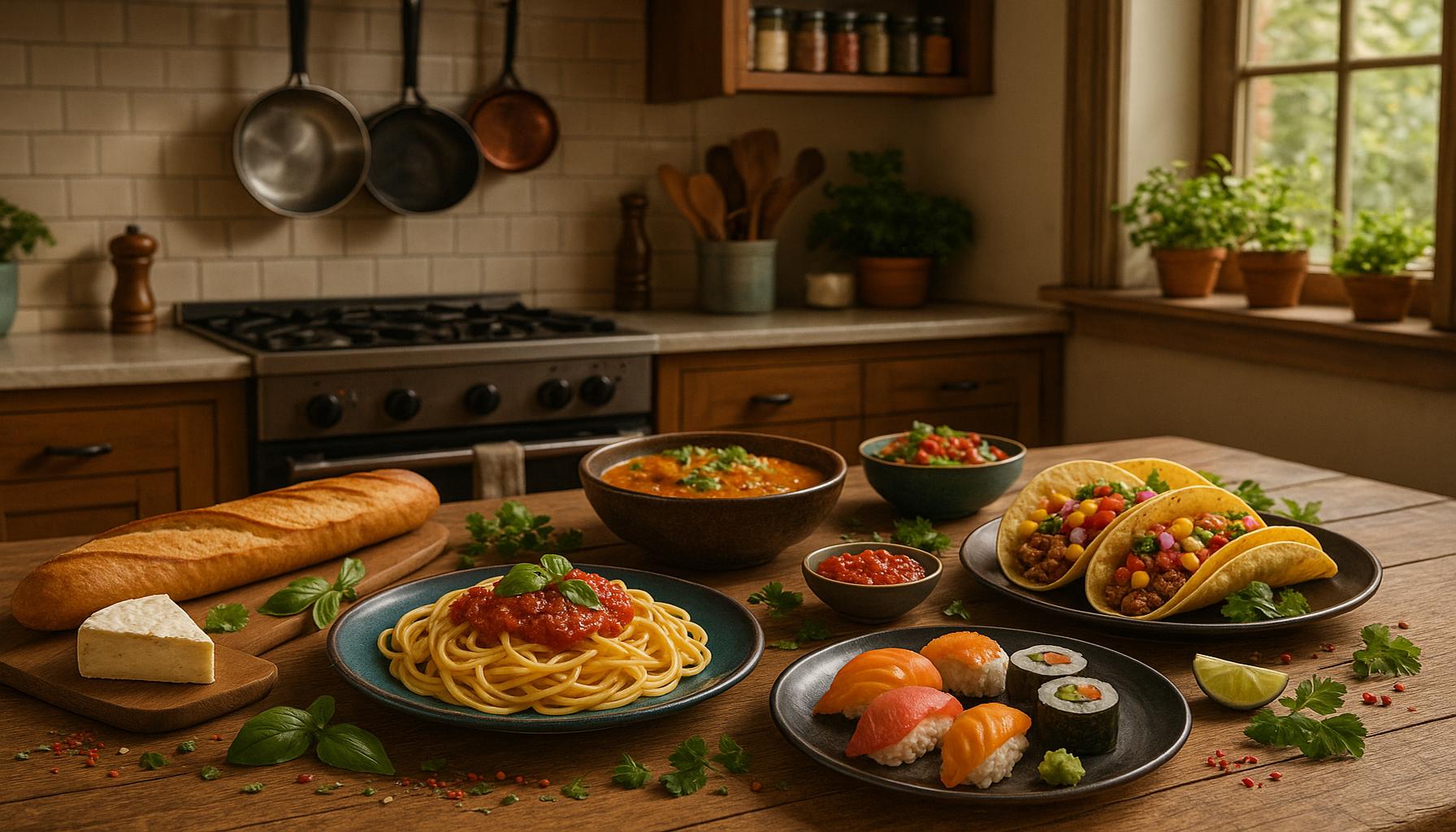Exploring the Art of Baking: How to Make Artisan Bread at Home
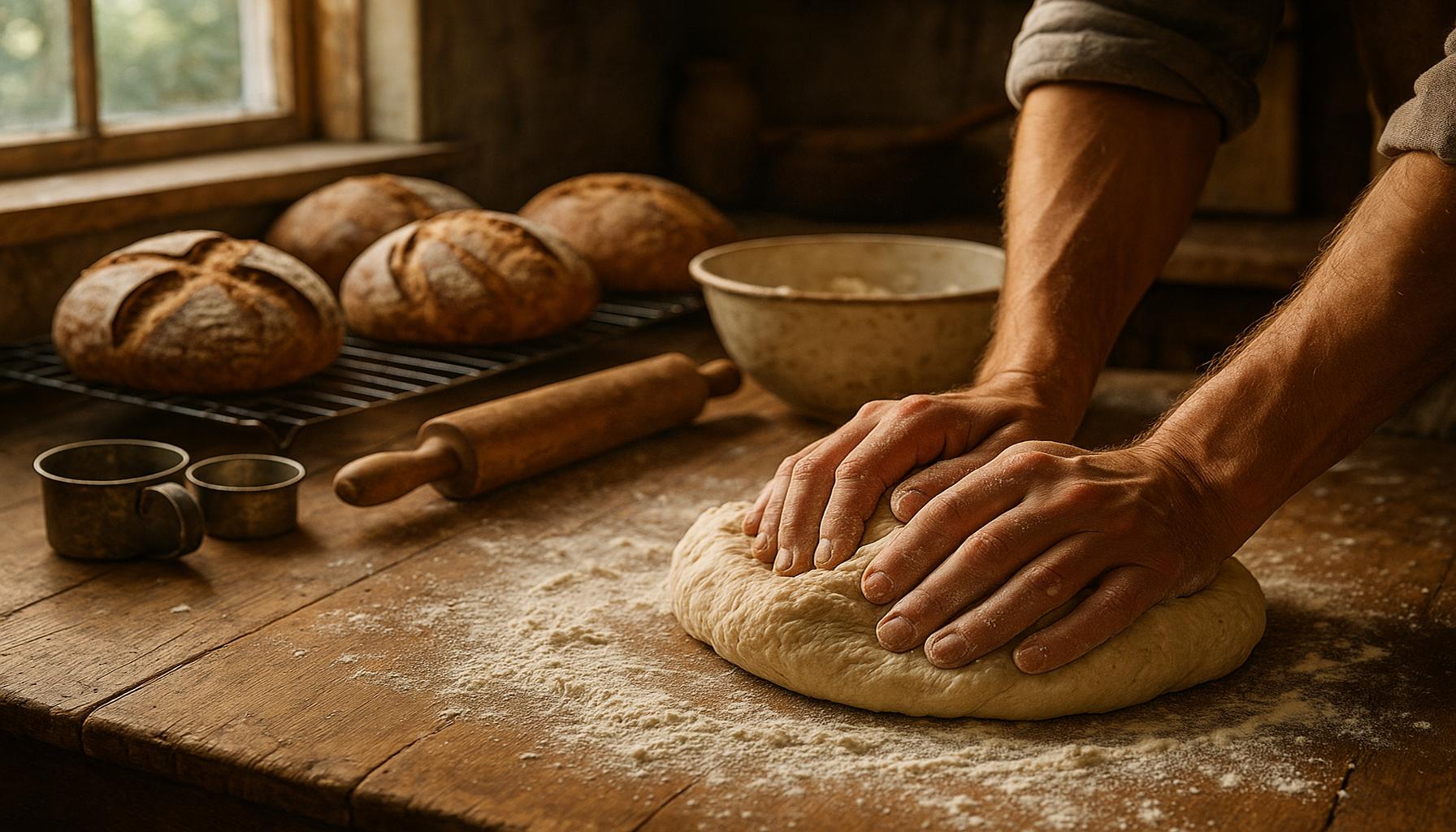
Unleashing the Baker Within
Artisan bread making is a timeless practice that artfully melds science with creativity. The process allows individuals to take simple ingredients—flour, water, salt, and yeast—and craft something that is not only nourishing but also aligns with personal taste preferences. Imagine the enchanting aroma of freshly baked bread enveloping your kitchen, stirring nostalgia and excitement, making it impossible for anyone to resist sampling the fruits of your labor. It’s not just baking; it’s an experience that can captivate both seasoned bakers and those just starting their culinary adventures.
Why should you dive into the world of baking? Here are several compelling reasons:
- Health Benefits: One of the most significant advantages of homemade bread is the ability to control what goes into it. You can select organic ingredients, avoid artificial preservatives, and customize flavors to suit your dietary needs. For instance, using whole grain flour can boost fiber content, making your loaf not only delicious but also nutritious.
- Cost-Effective: Artisan breads from bakeries or specialty shops can carry a hefty price tag. However, baking at home can be quite economical. Consider this: a bag of flour, yeast, and a few other staples can yield multiple loaves, making it a financially savvy choice compared to purchasing a single loaf of artisan bread.
- Creative Expression: The art of kneading dough and shaping loaves becomes a canvas for creativity. Each baker can infuse personal touches—whether that’s adding herbs, seeds, or spices—that reflect their unique culinary style. The more you practice, the more you’ll discover your signature bread style.
As you embark on this joyful baking journey, it is essential to consider some key components vital for crafting artisan bread:
- High-Quality Flour: The journey to great bread begins with selecting the right flour. Bread flour, known for its high protein content, is ideal for developing the perfect gluten structure for chewy, textured loaves.
- Starter Cultures: Implementing a sourdough starter can enhance not just flavor but also the bread’s texture. The natural fermentation process creates depth and complexity that store-bought yeast simply cannot match.
- Time and Patience: Artisan bread baking is a labor of love. Allowing the dough to rise slowly can yield a superior texture and flavor. Embracing the process and giving yourself space to experiment is what makes this craft so rewarding.
Let’s explore the incredible possibilities of making artisan bread at home. Discover techniques that lead to crispy crusts and soft, pillowy interiors. Whether impressing guests at a dinner party or enjoying the simple pleasure of freshly made bread with your morning coffee, your journey into baking can not only fulfill your aspirations as a home chef but also nourish your soul.
DISCOVER MORE: Click here to learn about the benefits of music on mental health
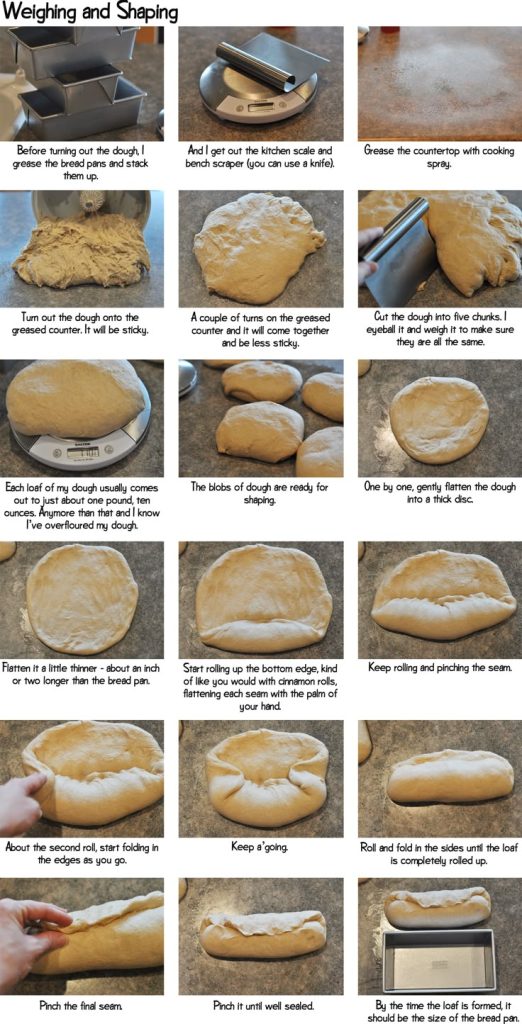
Essential Ingredients for Artisan Baking
To embark on your artisan bread-making journey, understanding the ingredients is paramount. Each component plays a crucial role in determining the flavor, texture, and overall quality of your final loaf. Here’s a deeper look at the must-have ingredients that will set you on the path to becoming a skilled home baker:
- Flour: As the foundation of any bread, the type of flour you choose significantly impacts your loaf. While all-purpose flour may be tempting, bread flour boasts a higher protein content, which is essential for building gluten. This gluten structure is responsible for that delightful chewiness characteristic of artisan bread. For added complexity, consider experimenting with specialty flours such as whole wheat, rye, or spelt.
- Yeast: Yeast is the magical ingredient that makes bread rise. While instant and active dry yeast are common choices, using a sourdough starter can elevate your bread to new heights. This natural starter encourages a longer fermentation process, resulting in a more profound flavor and texture. If you’re interested, start cultivating your own starter for a taste of traditional baking, or look for local sources.
- Water: It may seem simple, but the temperature and quality of the water used can greatly affect the dough. Ideally, use filtered or mineral water to ensure impurities do not alter the bread’s flavor. Additionally, the temperature should be warm (between 100°F-110°F) to activate the yeast and encourage fermentation.
- Salt: Salt is not only essential for enhancing flavor but also helps regulate yeast activity. A common rule of thumb is to use about 1.5-2% of the total flour weight in salt. This seasoning not only contributes depth to your bread but also strengthens the gluten structure during mixing.
- Additions: Once you’ve mastered the basic recipe, feel free to get creative by incorporating other ingredients. Nuts, seeds, herbs, and dried fruits can infuse your artisan loaves with unique flavors that celebrate different cuisines and reflect your personal taste. For instance, a rustic olive and rosemary bread can be a wonderful accompaniment to a Mediterranean meal.
By carefully selecting and balancing these ingredients, you unlock the potential of creating a delightful artisan bread that not only nourishes but brings joy to your baking endeavors. As you progress, you will find that adjusting these components allows for endless experimentation and personalization in your baking journey.
The Art of Technique in Artisan Bread Making
Just as vital as the ingredients, your baking technique will also determine the result of your artisan bread. The process of mixing, kneading, shaping, and baking requires both attention and a bit of practice. Start with the mixing phase, where it’s essential to combine all ingredients thoroughly until they form a cohesive dough. This initial step can be done by hand or using a stand mixer fitted with a dough hook.
Next comes the kneading process, where you can really connect with the dough. Kneading develops gluten, which provides the foundation for the bread’s structure. Aim for a smooth, elastic texture, which takes about 10-15 minutes of kneading by hand. If you are new to bread-making, don’t be discouraged if the dough feels sticky at first; it will come together with time and technique.
The final stretch of this process involves fermentation and shaping, where proper technique can make all the difference. Allowing the dough to rise in a warm environment is key; watch for it to double in size, which indicates it’s ready for the next phase. Shaping the risen dough into loaves or rounds brings a sense of artistry, as you take the time to create a beautiful form that will be baked to perfection.
With practice and a keen understanding of these elements, you’ll find that artisan bread-making is not only a valuable skill but also an immensely satisfying hobby that can bring joy to yourself and those around you.
The journey of baking artisan bread at home not only satisfies your cravings for fresh, crusty loaves but also opens the door to a world rich in history and tradition. While many fear the complexities of bread-making, mastering this craft can be both rewarding and fulfilling. The process encourages experimentation and creativity, allowing bakers to develop unique flavors and textures. Let’s delve deeper into the essential elements and techniques that can elevate your home-baking experience.
Understanding Ingredients is crucial when exploring artisan bread. Each ingredient plays a vital role in the bread-making process. For example, the quality of your flour can significantly affect the final product. Look for high-protein bread flour which will yield a desirable gluten structure and texture. Additionally, incorporating natural starters or sourdough can enhance the flavor, contributing a complex profile that mass-produced breads often lack. Don’t overlook the importance of water temperature and yeast types, as these elements essentially dictate the fermentation process.
Technique is equally important. Techniques such as autolyse, kneading, and stretching & folding not only aid in gluten development but also foster airiness that artisan breads are known for. Pay attention to the fermentation timings; slow fermentation at cooler temperatures can result in deeper flavors and a lighter crumb structure. Furthermore, mastering the art of shaping and scoring your dough will not only impact the bread’s appearance but also its final texture. A well-scored loaf allows for better oven spring, giving it a beautiful rise and unique crust.
Investing in the right tools is another step towards success in artisan bread baking. A cast-iron Dutch oven can create the perfect environment for baking, allowing heat retention that mimics commercial ovens. Additionally, consider using a digital kitchen scale for precise measurements, enhancing reproducibility and ensuring consistent results. Pairing these tools with a timer will help you manage your baking sessions effectively, reducing the chances of missteps.
Overall, the art of baking artisan bread at home is not just about following a recipe; it’s an experiential journey filled with innovation and tradition. With every loaf, you gain a deeper appreciation for the art form, ensuring each baking session is an opportunity to grow and discover. Prepare to embark on an exciting culinary adventure as you explore the world of artisan bread!
| Advantages | Details |
|---|---|
| Creative Freedom | Experiment with flavors, shapes, and techniques, allowing personal expression. |
| Healthier Options | Control ingredients, avoiding preservatives and additives commonly found in store-bought bread. |
DIVE DEEPER: Click here to discover the art of emotional music composition
Mastering the Fermentation Process
Once you’ve mixed your ingredients and kneaded your dough, the next crucial step is fermentation. This process is where the magic truly happens, transforming a simple mixture into a flavorful and textured loaf of artisan bread. At its core, fermentation involves yeast activity and enzymatic reactions that produce gas, acids, and alcohol, contributing complexities to the flavors and textures.
For artisan bread, the two primary fermentation methods you’ll encounter are bulk fermentation and proofing. Bulk fermentation is the period where the dough first rises after mixing. This stage can last anywhere from one hour up to several hours, depending on the recipe and the room temperature. A slower fermentation process at cooler temperatures (such as in the refrigerator) can enhance the flavor, yielding a more complex profile with improved texture.
After the bulk fermentation, you will move to the proofing stage, where the shaped dough rests before baking. Proofing allows the dough to rise one final time and develop further flavor and structure. Pay attention to the dough; signs that it is ready for baking include a soft, puffy appearance and the ability to hold an indentation made by a finger.
Shaping Techniques for Stunning Loaves
Creating a beautiful artisan loaf is as much about the shaping as it is about the baking. Shaping finishes the development of the gluten structure while also creating surface tension that helps the dough hold its shape during baking. There are various techniques employed for different styles of bread, such as boules or batards.
One commonly used method is the stretch and fold technique, which retains moisture while helping to strengthen the dough. Allow the dough to rest, then stretch it gently in one direction and fold it over itself. Repeat this several times during the bulk fermentation phase to develop a strong structure without the need for excessive kneading.
When you’re ready to shape your dough, dust your work surface with flour to prevent sticking. Start by gently turning the dough onto the surface and pressing it out into a rectangle. Then, fold the corners into the center, creating tension as you shape the edges into a tight ball. Pinching the seams together helps ensure that the loaf holds its shape while it bakes.
The Art of Scoring and Baking
After shaping, one essential final touch is scoring the loaves. Scoring involves making shallow slashes on the surface of the dough before baking. This simple act serves two primary purposes: it allows for controlled expansion of the loaf during baking and enhances the loaf’s aesthetic appeal. Use a sharp knife or bread lame for clean cuts; various patterns can add a personal artistic flair to your bread.
When it comes to baking artisan bread, the oven temperature and steam play crucial roles in achieving that coveted crust. A common practice among bakers is to bake bread in a Dutch oven or on a preheated baking stone. These methods create an ideal environment for steam retention, resulting in a golden-brown crust and a soft, airy interior. Aim for an oven temperature around 450°F and consider incorporating a steam method, such as adding a pan of hot water beneath the baking bread, to elevate your baking technique.
As you master these fermentation, shaping, and baking techniques, you’ll find yourself on a rewarding journey through the art of artisan bread-making. The joy of creating loaves that not only taste incredible but also visually impress will add fulfillment to your baking adventures.
DISCOVER MORE: Click here to learn about the healing power of creative writing
Conclusion: Savory Success Awaits
As you’ve discovered through this journey, making artisan bread at home is an accessible yet fulfilling art that combines creativity, patience, and a few essential techniques. From mastering the intricate fermentation process to perfecting your shaping skills, each phase contributes uniquely to the final masterpiece. The careful balance of time, temperature, and technique serves not only to develop flavors but also to enhance the bread’s appearance, inviting you to share it with family and friends.
The joy of baking extends beyond the final product; it lies in the experience itself. You can explore different recipes, experiment with various flours, or even introduce natural starters into your process. Some bakers find beauty in the science behind fermentation, while others enjoy the tactile satisfaction of kneading dough. Regardless of your approach, artisan bread-making fosters a connection with the simple act of baking that transcends the kitchen.
Next time you embark on this culinary adventure, consider trying new ingredients or refining your techniques. Perhaps you’re intrigued by sourdough or the rich flavors of whole grains, both of which open doors to new baking horizons. Remember, patience is key—allowing your dough to rise and develop flavor will reward you with loaves that are as delectable as they are aesthetically pleasing.
So, don your apron, gather your ingredients, and dive into the delightful world of artisan bread baking. The smell of freshly baked bread wafting through your home will be an invitation for all to join the artisanal feast you’ve created. Happy baking!
